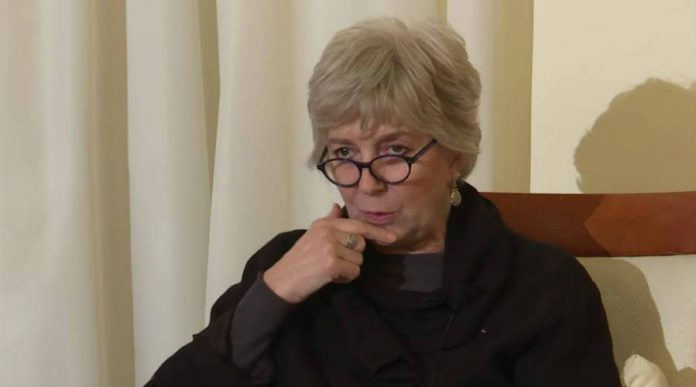
Italian reporter Claudio Gatti claims to have finally discovered the woman behind the Elena Ferrante pseudonym. Public real estate records and payments from publisher Edizione e/o led him to Rome-based translator Anita Raja. She has not answered to requests for comment while Edizione e/o declined to do so.
The use of pseudonyms is as old as the art of writing itself. Many authors who have hidden or that currently protect their names have become the objective of urban legends. One of them is the pseudonymous Italian novelist Elena Ferrante.
No one knows Ferrante’s true identity. Supposedly born in Naples, Italy, her books got translated from Italian to English, Spanish, Dutch, French, German, and many other languages. The four-part series Neapolitan Novels is her most famous work.
Many regard Ferrante as the most important Italian writer of her generation. Ferrante’s first novel Troubling Love hit bookshelves in 1992. Time magazine listed Ferrante amongst the 100 most influential people on the planet in 2016.
The literary fiction writer also won the gold medal in the Independent Publisher Book Awards for the last volume of the Neapolitan Novels, The Story of the Lost Child. In addition to her Neapolitan Novels, Ferrante is the author of Troubling Love, The Days of Abandonment, Fragments, The Lost Daughter, and The Beach at Night.
Ferrante believes books are more important than authors
In 2016, Italian novelist and philologist Marco Santagata published a paper on the philological analysis of Ferrante’s writing. Ferrante’s detailed knowledge of Pisa’s cityscape and modern Italian politics led Santagata to conclude the enigmatic writer is Neapolitan professor Marcella Marmo. The latter denied the allegations.
Despite both huge national and international success, Elena Ferrante has always kept her name a secret. Her identity is barely known through her correspondence with editors and journalists, as well as anonymous interviews arranged by her Roman publisher Edizione e/o, gathered in the volume Fragments: A Writer’s Journey.
Ferrante does appear to be a woman, referring to herself as a mother in correspondence. However, in her interviews, Ferrante has said she has no problem with lying. She, like Italian journalist and writer Italo Calvino, believes the works is what counts, instead of the author’s identity.
A new investigation claims to have discovered Ferrante’s true identity
Knowing Ferrante would do anything to hide her identity, Italian reporter Claudio Gatti did not try to reach her or her Edizione e/o publisher. He turned to public real estate records and Edizione e/o payments to discover the woman behind the mask.
Two of Ferrante’s novels have received movie adaptations. Five years after Troubling Love became the feature film Nasty Love in 1995, Edizione e/o translator Anita Raja was able to buy a seven-room apartment in an expensive area of Rome as well as a country home in Tuscany. The Days of Abandonment hit theaters in 2005.

Translation is known to be a poorly paid job, so Gatti wondered how Raja could afford such luxuries. The Italian reporter, through an anonymous source, also got his hands on Raja’s payments from Edizione e/o.
Edizione e/o’s annual revenues jumped from €3 million in 2014 to more than €7 million in 2015 after Ferrante’s books reached the international market. Raja’s payments went up as well. Her compensation increased by whopping 200%.
If Raja is indeed Elena Ferrante, then she is certainly rubbing her hands on the prospect of a Neapolitan Novels TV adaptation. Reports say the series is under development, with Wildside for Fandango Productions and Francesco Piccolo writing the screenplay.
Source: The New York Review of Books











